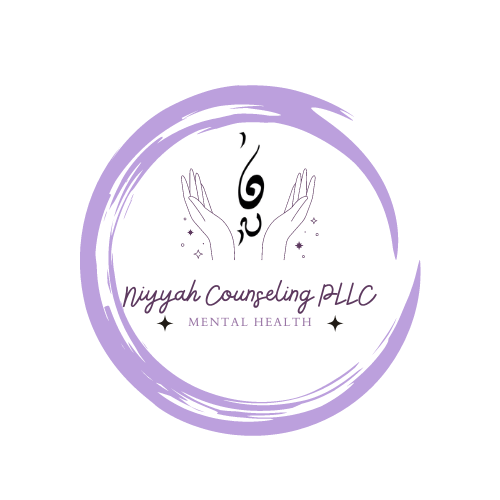What Are the Drawbacks of Permissive Parenting? by Kathleen Chandler, LMSW, PMH-C
Are you practicing permissive parenting? Do you bribe with food, toys, and candy to prevent or stop a tantrum? Do you have a hard time setting boundaries and limits for your kids? If so, you might be practicing permissive parenting.
We all want the best for our kids! Permissive parenting is often warm, connected, sensitive, and responsive. Those are awesome strengths; permissive parenting isn’t all bad! The problem with this style of parenting is that you’re preventing your child from experiencing and expressing their full range of emotion; therefore, preventing emotional regulation.
Studies have correlated permissive parenting to the following:
1) Lower levels of academic achievement
2) Higher rates of school misconduct
3) Increased alcohol use among teenagers
4) Increased gaming addiction in children/teens
Children thrive on predictability and boundary setting; it is okay to say no. In fact, you need to say no; more importantly, you need to follow through with the limits you set. Why? For starters, setting boundaries helps children feel safe; children experience anxiety when they cannot predict your response. When you set a limit for your child you are helping them develop important life skills! They learn what practicing patience feels like, they figure out how to problem solve and become resourceful, they take responsibility, and they learn self-discipline. Most importantly, they know that you can handle their big feelings, and that negative feelings don’t need to be avoided at all costs. It is normal and healthy to experience frustration, anger, and disappointment. Let your child work through their feelings with you by their side.
A boundary is not a punishment. You can be loving, kind, and firm with your boundaries.
It is your job to make final decisions regarding safety, health, routine, education, etc. You can include your child in setting limits and boundaries, according to their stage of development. Involve them in the process! Just make sure that you are holding them accountable for the boundary that was created.
If you’re new to setting boundaries, I suggest using The Five Essential Steps of Emotion Coaching by Dr. John Gottman.
1) Be aware of your child’s emotion
2) Recognize your child’s expression of emotion as a perfect moment for intimacy and teaching
3) Listen with empathy and validate your child’s feelings
4) Help your child learn to label their emotions with words
5) Set limits when you are helping your child to solve problems or deal with upsetting situations appropriately.
If you practice these techniques, your child will be able to work through their big feelings to the boundaries set, with you by their side. You can continue to be warm, responsive, and connected; and set boundaries.
If setting limits for your child causes you anxiety therapy can help! If you’re triggered by your child’s negative feelings; you’re likely triggered by your own negative feelings. Our therapists can help you work through what is coming up for you and help you strengthen your parenting skills! Reach out today for help.

